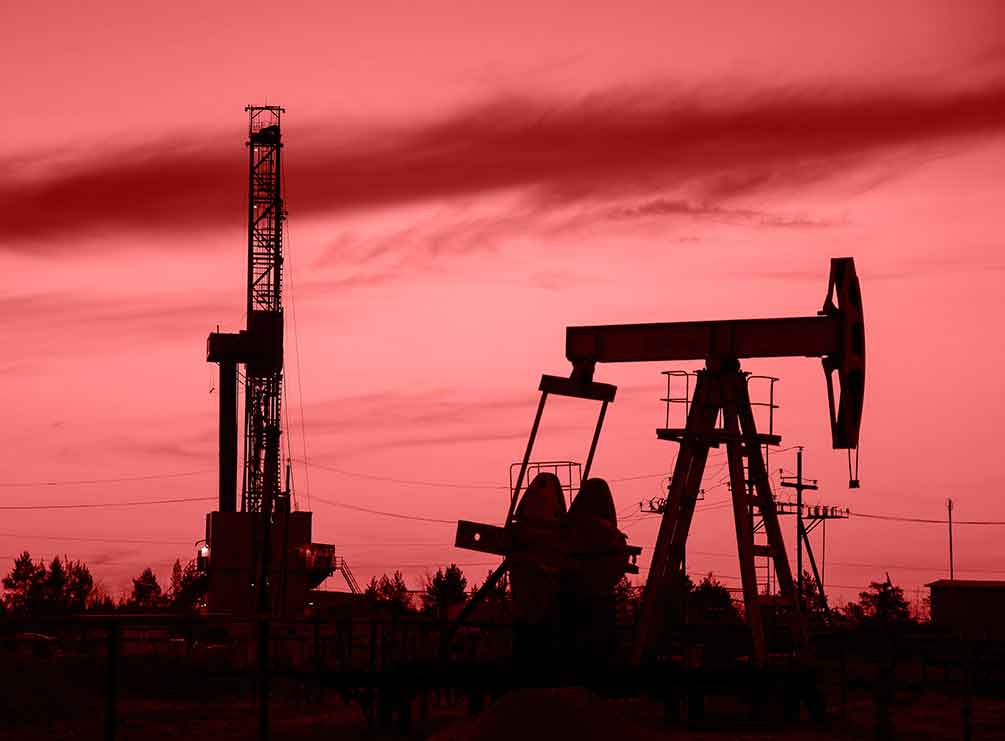Oil prices are now higher than they have been at any time since 2014. The war in Syria, the total collapse of Venezuela, and the American sanctions on Iran, are a few of the short-term causes at play. There is a wider trend seen, however, and it has sustained in two ways.
The Causes
The production curbs: Engineered by OPEC and other nations, cutbacks in production have worked. Over the past 18 months or so, countries such as Saudi Arabia and Russia have worked hard to lower production. Inventories across the world have dropped, with the predictable effect of raised prices.
Growing pains: While American shale production has been instrumental in helping America attain energy independence, there have been some growing pains. Pipeline capacity has been less than optimal and has forced drillers to transport their oil over road. This has made American oil somewhat less competitive than it might otherwise be, and has even led to production cuts in some cases.
Other problems exist, according to Sigma Drilling Technologies, a major vendor of suction stabilizer and related equipment used by drilling contractors. Skilled crews and consumables essential to smooth fracking operations are in short supply. Smaller drilling operations have often been unable to compete with larger ones in obtaining these supplies. Production isn’t as high as it could be.
The conservative financial practices of the energy companies are yet another contributor. Having been hurt by overleveraged finances in the past, they have attempted to remain cashflow positive, a position that has meant cutbacks in production.
Commodity Prices Will Continue to Be Robust
Tax reform: The changes brought about by recent American tax reform have lifted confidence in corporate profitability, and this has resulted in greater investment, along with a rise in demand for energy. Growth seen late in the business cycle often has the effect of producing demand for energy that is unmet by supply. This often leads to higher prices; new production capacity can take months to come online.
Demand from China: China’s economy has been growing at a robust pace and has been a strong consumer of commodities. The fact that capital expenditure in multiple large economies around the world has risen in synchrony has meant that there has been a great deal of pressure on commodity prices.
The weakness of the U.S. dollar: The greenback has weakened at a time when commodity prices have been high. Strength seen in the Chinese Yuan at the same time has further sent commodity prices up. These market trends have made commodities an attractive investment option.
Backwardation: Backwardation often creates positive roll yield and tends to encourage investment in commodities. WTI crude futures have been on a 10% discount when compared to prompt futures contracts that offer a strong roll yield. The 2% annualized roll looking one year ahead is attractive for oil too. Add to this the high levels of commercial shorts seen, and there is considerable back pressure that helps strengthen the trend.
The Other Side
Sigma Drilling Technologies, the leading pulsation dampener manufacturer, has observed some potential headwinds that could stall the rise in oil prices. There has been risk observed to the growth potential of several economies across the world for 2018. Nevertheless, the Fed has been sticking to its plan of withdrawal from quantitative easing, taking the country to the largest withdrawal of public sector liquidity in history. This may send the dollar higher. Some global commodities have been going bearish, as well.
The risk has been small, however. For the most part, commodities such as oil appear to be stronger than ever, sending investments by drillers soaring.




